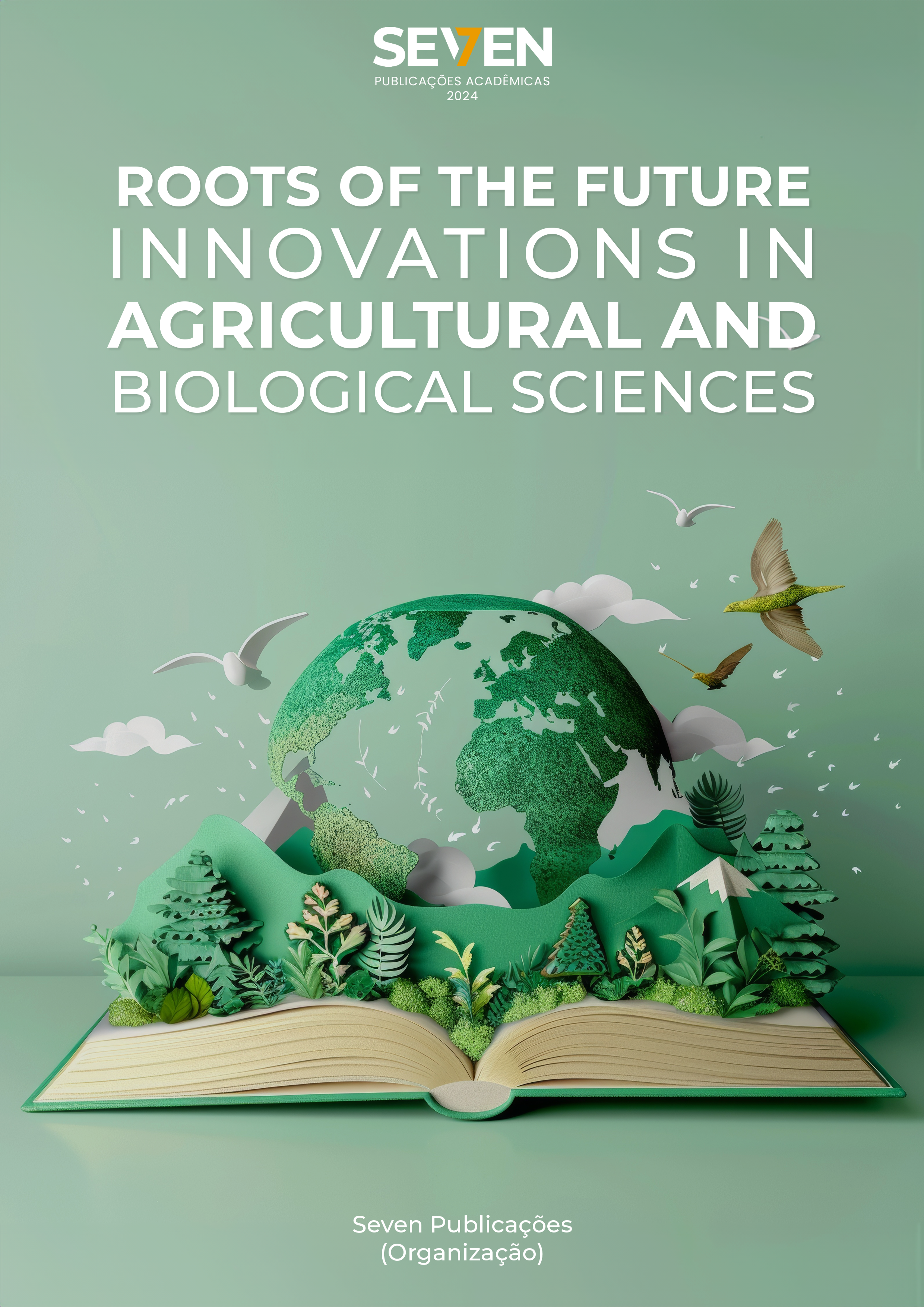ECOLOGICAL, TOXICOLOGICAL AND LIMNOLOGICAL STUDIES USING TAMBAQUI EGGS (Colossoma macropomum)
Keywords:
Reproduction, Embryos, Hatching, SurvivalAbstract
This study aimed to evaluate the incubation of tambaqui eggs as an ecological indicator in natural nurseries, in exposure to pesticides and as an indicator of water quality. Induction of tambaqui females and males was performed. After fertilization, the eggs were separated to carry out three trials: (i) incubation of eggs in waters of urban and natural environments, (ii) incubation in different concentrations of glyphosate, malathion, and casugamycin, considered pesticides, and (iii) with exposure of eggs incubated in different concentrations of total ammonia. In all trials, the design was completely randomized, with five replications. (i) The analysis of variance indicated that the hatching rate was higher in the water of the Solimões River, and the lowest were in the Paraíba and Buriti streams (p<0.05), considered polluted. (ii) Treatment with incubation water with 0.0 mg L-1 of glyphosate, malathion and kasumamycin showed the best fertilization, hatching and survival rates (p<0.05). (iii) The fertilization rate and hatching rate of tambaqui eggs were higher (p<0.05) in water containing between 0.0 and 3.5 mg L-1 of total ammonia. Larval survival was higher (p<0.05) in waters containing concentrations between 0.0 and 2.0 mg L-1 of total ammonia. The results indicated that the best natural water for incubating the eggs is from the Solimões River. It was verified that all pesticides showed toxicity in the incubation phase of tambaqui eggs. Finally, concentrations of up to 2.0 mg L-1 of total ammonia did not have implications in tambaqui eggs.
Downloads
Published
Issue
Section
License
Copyright (c) 2024 Rosimery Menezes Frisso, Janderson Rocha Garcez, Magno dos Santos, Gabriel Felipe Duarte dos Santos, Guilherme Martinez Freire, Nícolas Andretti de Souza Neves, Vonin da Silva e Silva, Nataly Ramos Soares, Johnny Martins de Brito, Letica Tuane Souza Oliveira, Guilherme Nogueira Paiva Barreto, João Felipe Pereira dos Anjos

This work is licensed under a Creative Commons Attribution-NonCommercial 4.0 International License.





